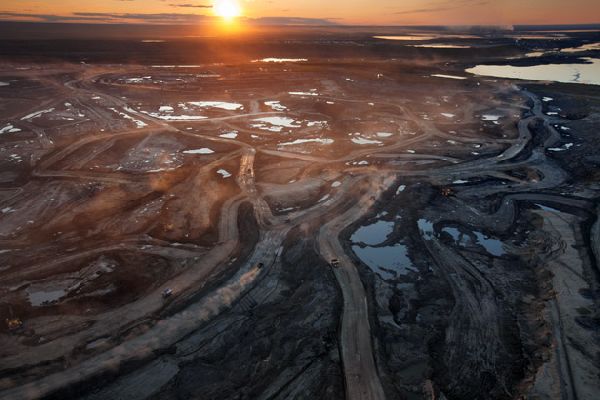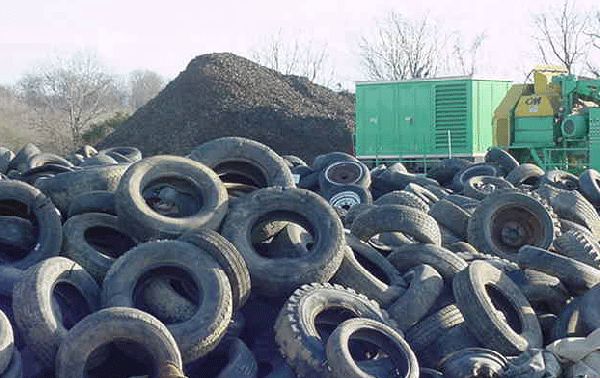Canada is home to the largest deposits of tar sands or oil sands crudes on the planet. Tar sands are a combination of clay, sand, water, and bitumen and have a considerable role in the Canadian production of oil and related products. Calgary is where these hydrocarbon riches lie in Canada. But, oil sands crudes are slowly finding their way more and more into US oil refineries as well. Utah also has deposits of Tar sands though to a far less extent and they are different in nature when compared to the ones in Canada.

But, with the influx of Canadian oil sands crudes in US refineries could see a large increase in carbon dioxide emissions and other carbon pollutants by 2025. The latest predictions from scientists and statistical firms that make predictions based on mathematical models and all the data on ground suggest that the carbon emissions could be up by anywhere in between 5.4 percent to 9.3 percent. This increase is though due to a multitude of factors.
Not only is this because of the influx of Canadian tar sands into US refineries, but also because of new fuel sulfur standards that require additional refining to reduce sulfur content much further. There will also be a substantial increase in the amount of energy that refineries will consume in 2025 compared to now. This could range in between 10 percent to 20 percent. Some earlier models even predicted a carbon emission increase of around 18 percent, and, hence while we can keep making predictions, ground realities could be far worse in terms of eco impact.
Of course the silver lining to all this is that if refining techniques get more energy efficient and US tends to increase its use of green energy and biofuel, reducing its reliance on gasoline, then maybe emissions can still be kept under control.
Via: Greencarcongress




